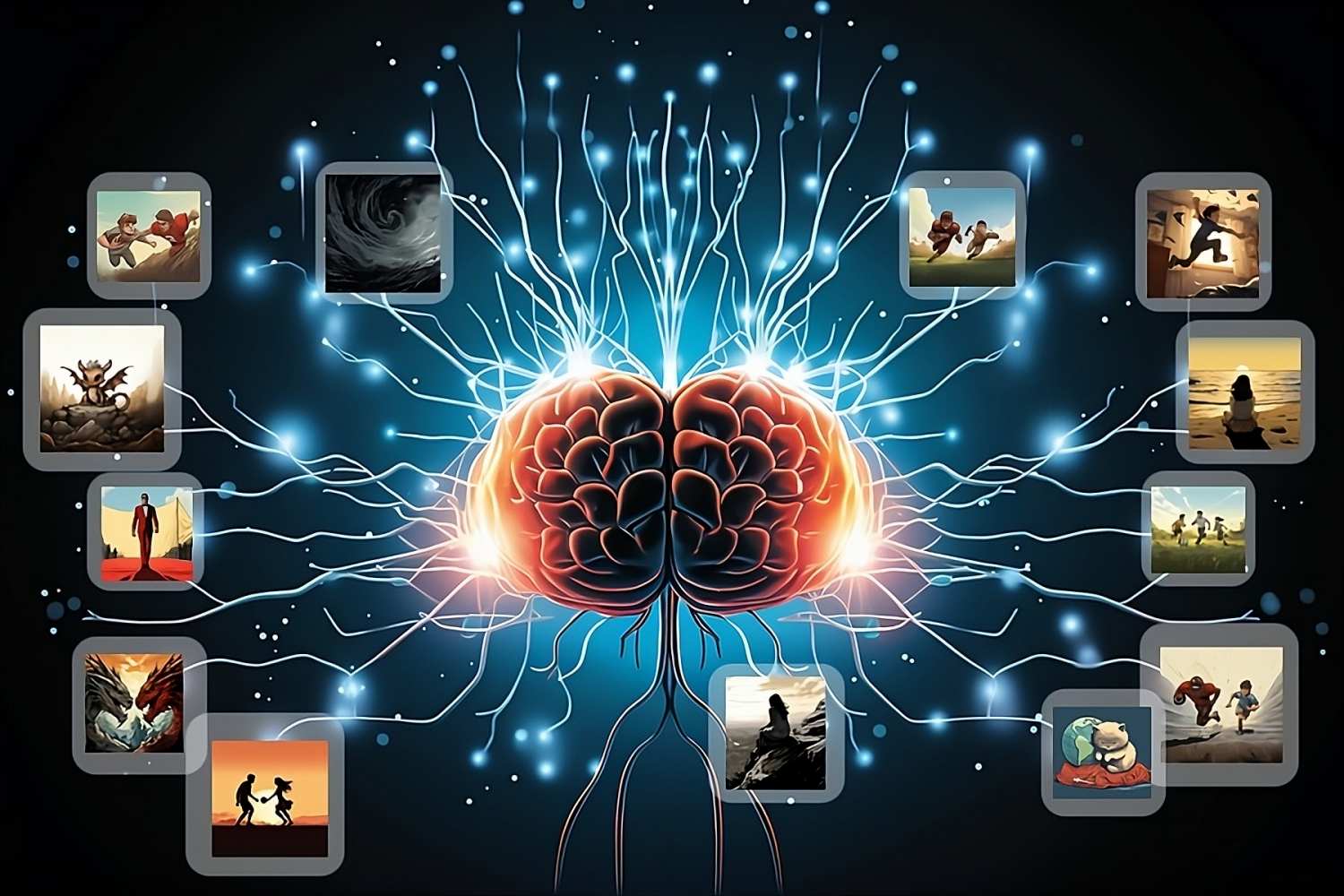MIT researchers have developed StableRep, a system that uses synthetic images to train machine learning models, surpassing the results obtained from traditional “real-image” training methods. By using a strategy called “multi-positive contrastive learning,” StableRep considers multiple images generated from the same text prompt as positive pairs, enhancing the model’s understanding of high-level concepts. The approach has the potential to revolutionize AI training techniques and reduce the costs and challenges associated with data acquisition. However, researchers acknowledge limitations such as slow image generation, potential biases, and semantic mismatches between text prompts and images.

Data is the new soil: MIT researchers use synthetic images to train AI models
MIT researchers have developed a groundbreaking approach to training machine learning models using synthetic images. Their system, called StableRep, generates synthetic images using text-to-image models and surpasses the performance of traditional “real-image” training methods.
How does StableRep work?
StableRep uses a strategy called “multi-positive contrastive learning” to teach the model high-level concepts through context and variance. By treating multiple images generated from the same text as positive pairs, the model gains a deeper understanding of the underlying concepts behind the images.
The benefits of StableRep
StableRep outperforms top-tier models trained on real images, offering a more cost-effective and resource-efficient solution. It reduces the challenges of data acquisition in machine learning and opens up new possibilities for AI training techniques.
Addressing limitations and concerns
The researchers acknowledge limitations such as the slow pace of image generation, semantic mismatches between text prompts and images, potential biases, and complexities in image attribution. They also highlight the importance of addressing hidden biases in uncurated data used for text-to-image models.
The future of AI training
StableRep represents a significant step forward in visual learning and offers a practical alternative to using real images for training. It emphasizes the need for ongoing improvements in data quality and synthesis.
Evolve your company with AI: Discover the power of Synthetic Imagery
If you want to stay competitive and leverage AI to transform your company, consider the benefits of synthetic imagery. It sets a new bar in AI training efficiency and can redefine your way of work.
Practical steps for implementing AI
- Identify Automation Opportunities: Find key customer interaction points that can benefit from AI.
- Define KPIs: Ensure your AI initiatives have measurable impacts on business outcomes.
- Select an AI Solution: Choose tools that align with your needs and offer customization.
- Implement Gradually: Start with a pilot, gather data, and expand AI usage judiciously.
For AI KPI management advice and continuous insights into leveraging AI, connect with us at hello@itinai.com. You can also stay updated on our Telegram channel t.me/itinainews or follow us on Twitter @itinaicom.
Spotlight on a Practical AI Solution: AI Sales Bot
Discover how the AI Sales Bot from itinai.com/aisalesbot can automate customer engagement 24/7 and manage interactions across all stages of the customer journey. Explore how AI can redefine your sales processes and customer engagement at itinai.com.
List of Useful Links:
- AI Lab in Telegram @aiscrumbot – free consultation
- Synthetic imagery sets new bar in AI training efficiency
- MIT News – Artificial intelligence
- Twitter – @itinaicom



























